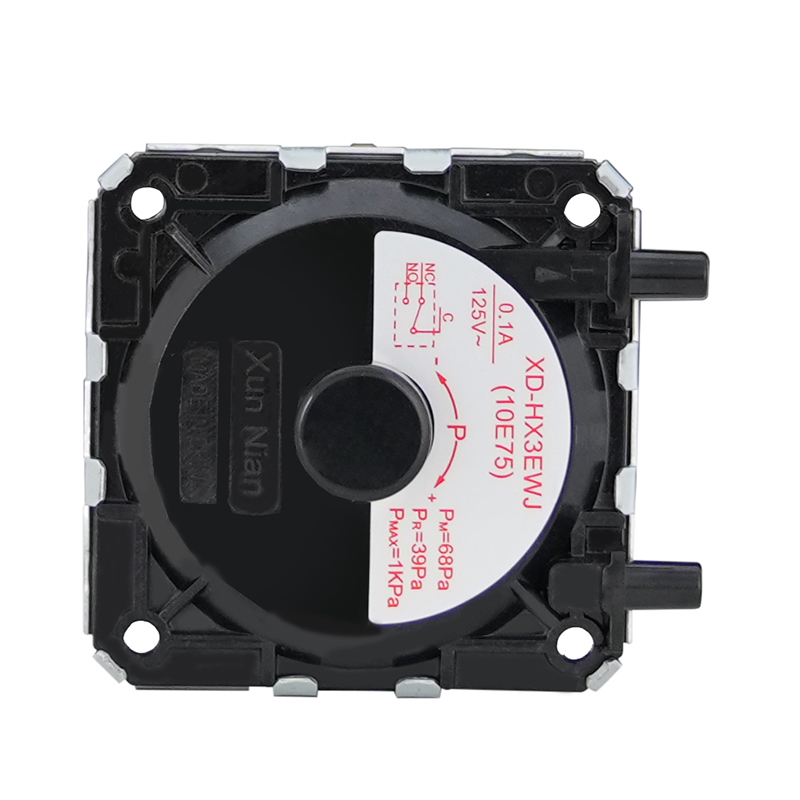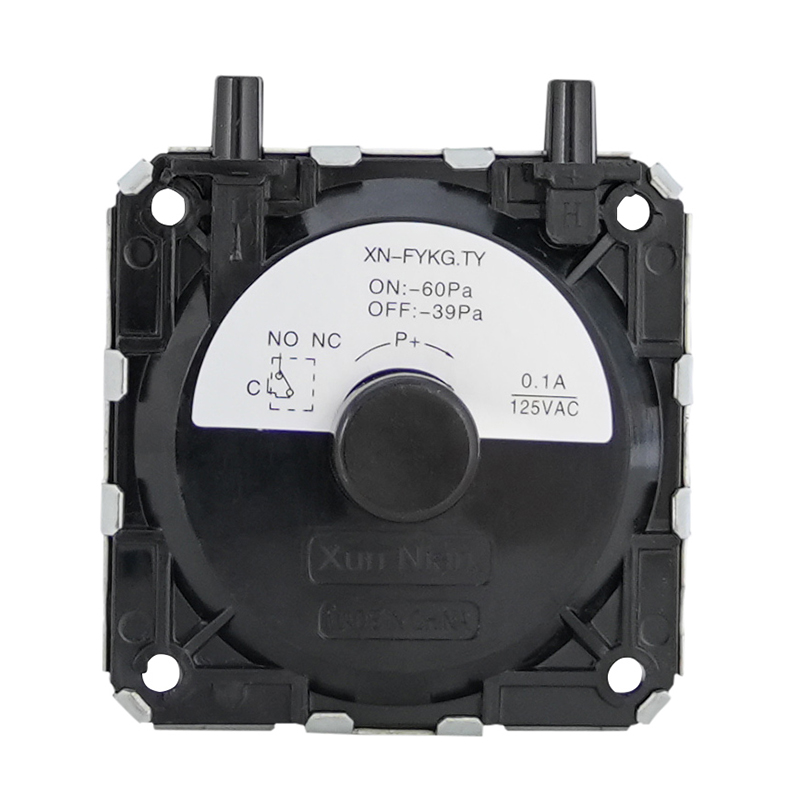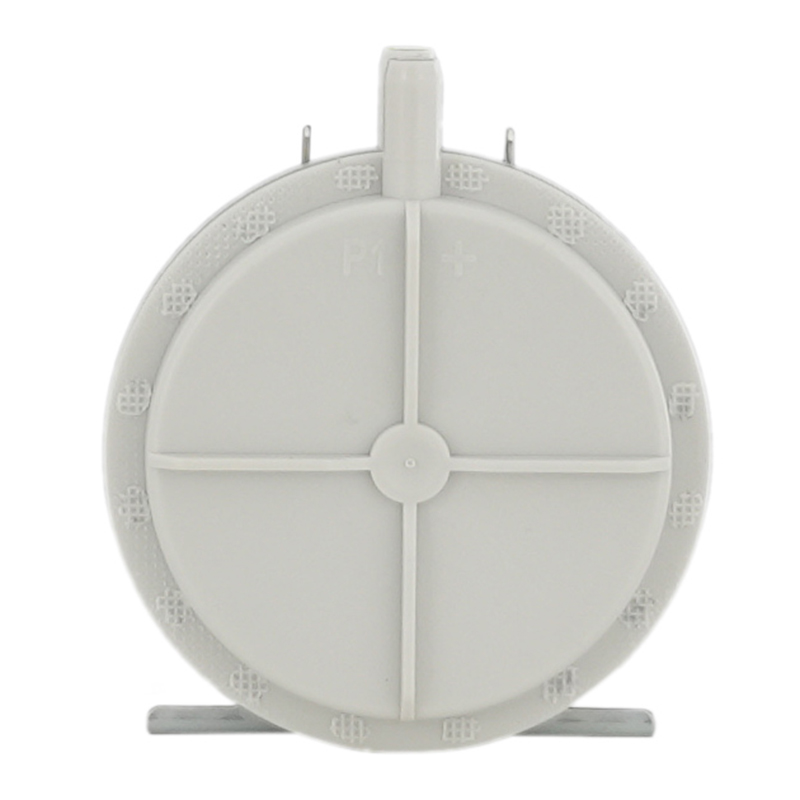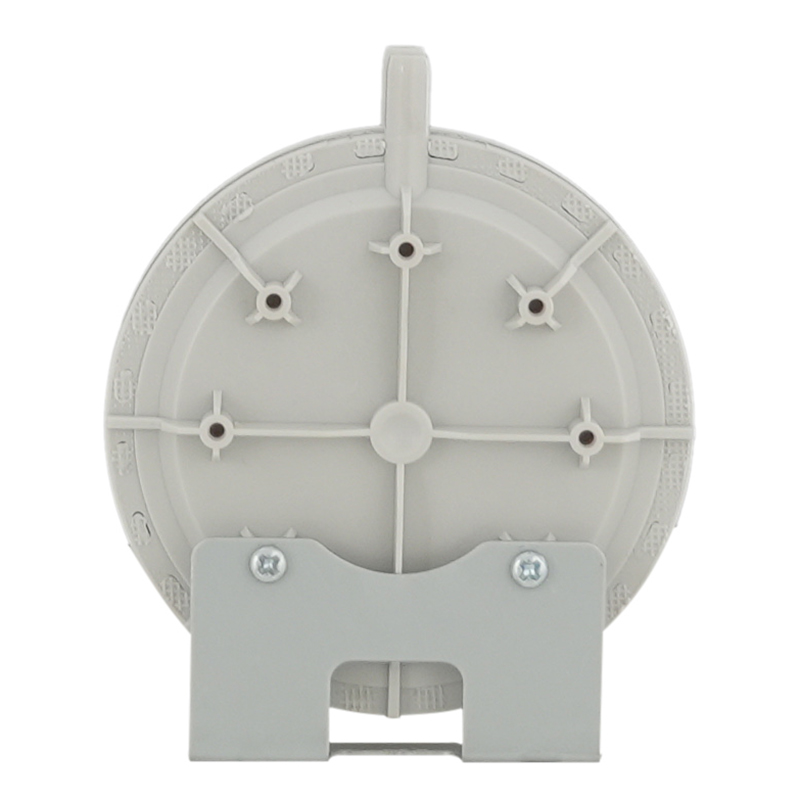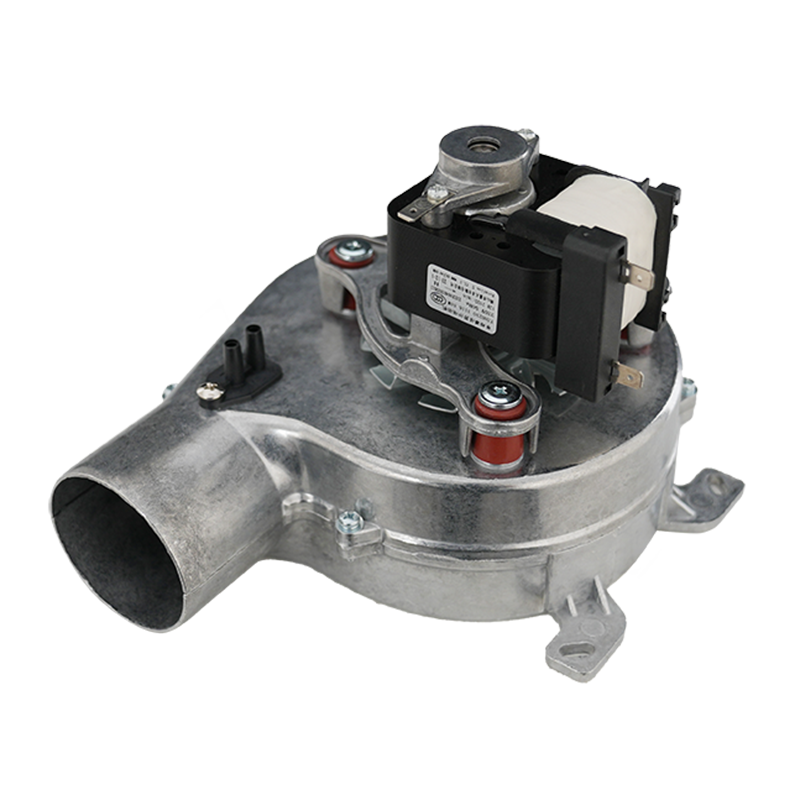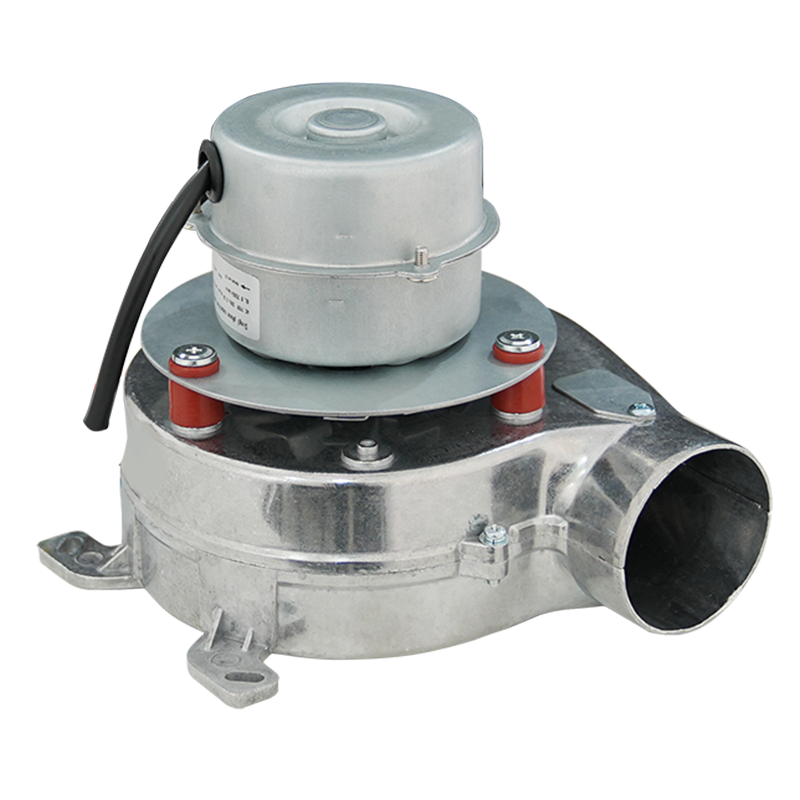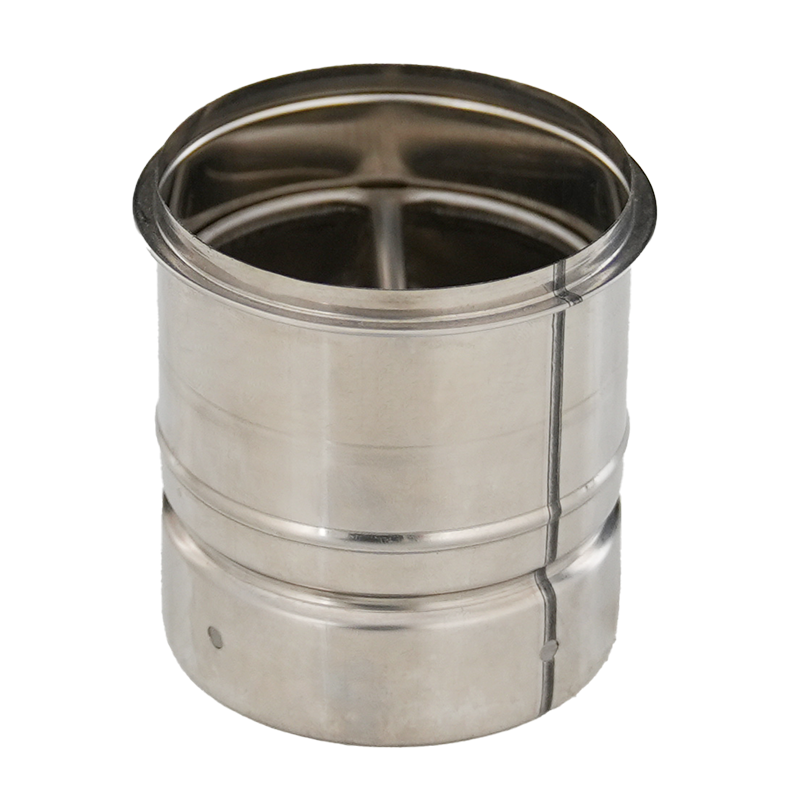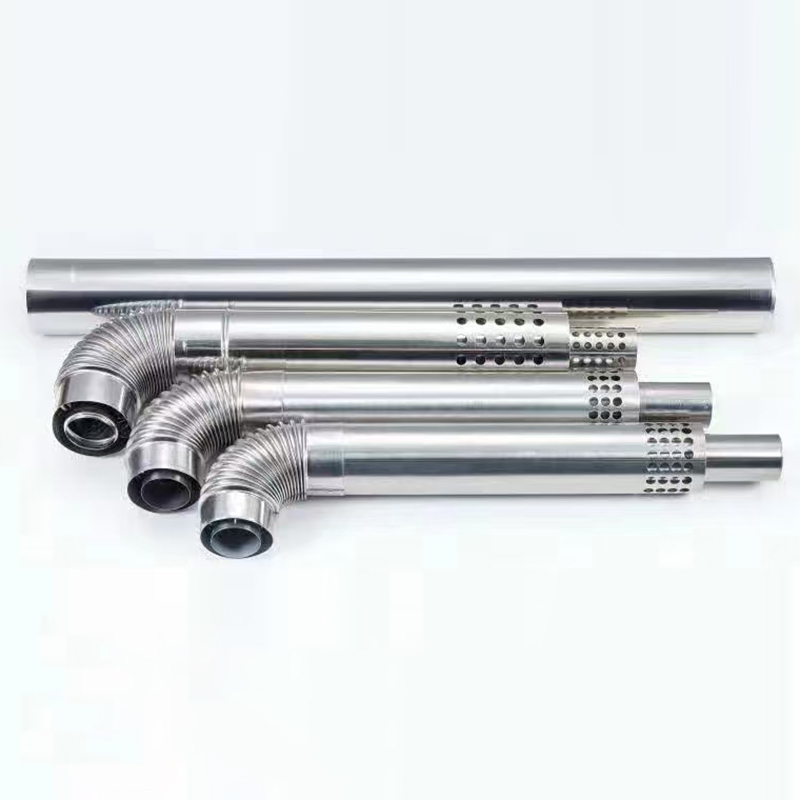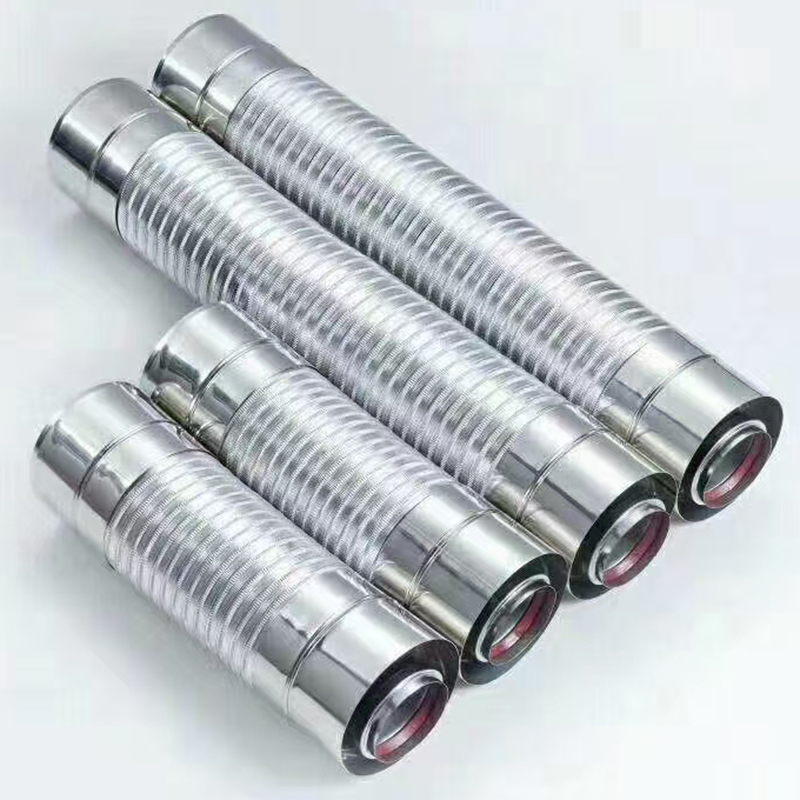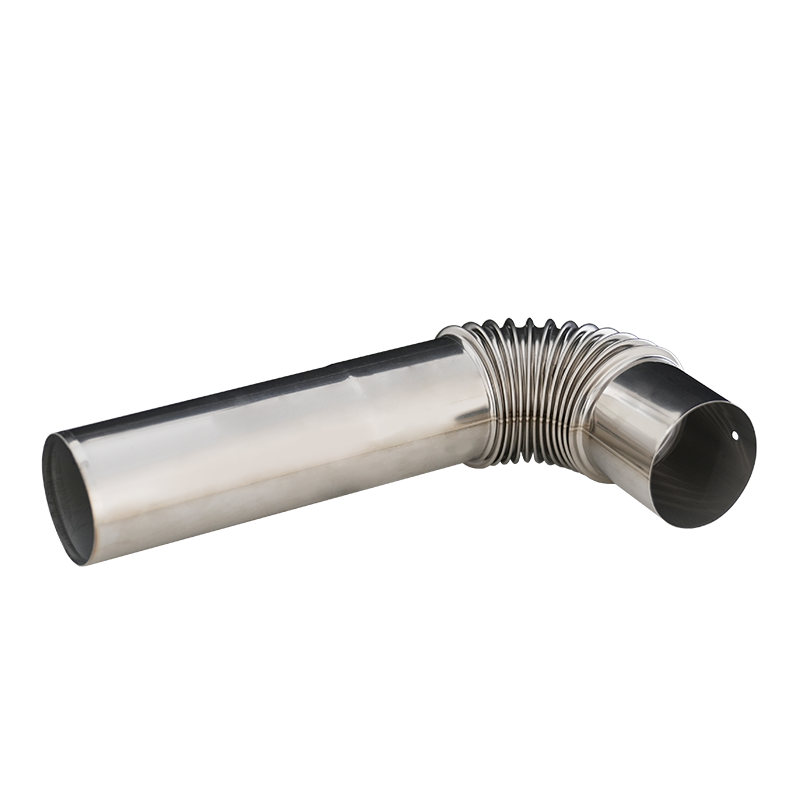Selection Strategies by Application Scenario
General Industrial Exhaust Scenarios
- Requirement Characteristics: Workshop ventilation, equipment heat dissipation, general waste gas emission; low requirements for air pressure (usually ≤2000Pa), but noise control is required.
- Recommended Models:
- Medium-low pressure centrifugal fans: Such as the 4-72 series, using backward-swept airfoil blades with high efficiency (up to 85%). Suitable for scenarios with air volume of 1000-100000 m³/h and air pressure of 300-1500Pa, commonly used for factory ventilation and air conditioning system air supply.
- Anti-corrosion centrifugal fans: If the exhaust gas contains slight acidic gases (e.g., chemical workshops), select FRP (fiberglass) or PP material impellers with anti-corrosion coated casings, such as the F4-72 series.
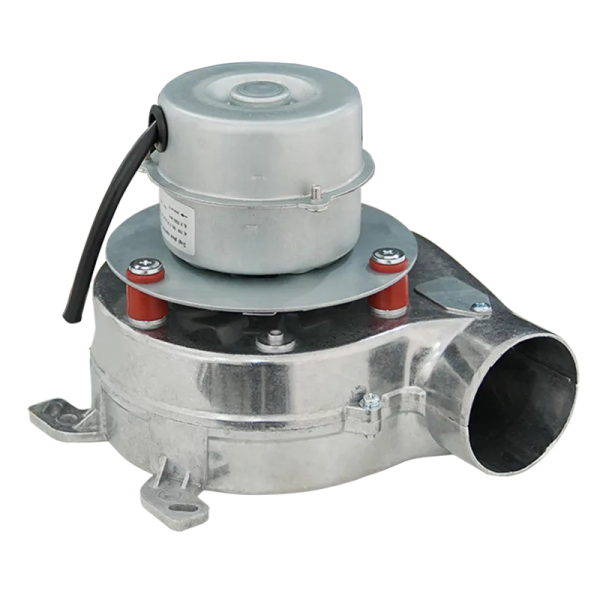
Focus on Technical Parameters
- Airflow and Pressure: Calculate the required airflow, typically in cubic feet per minute (CFM), determined by combining the space size and the number of air changes required per hour. Meanwhile, calculate the pressure required by the system, i.e., how much force the fan needs to push air through pipes, filters, and bends. Tools like digital pressure gauges and Pitot tubes can be used for measurement.
- Efficiency Rating: Pay attention to the fan efficiency index (e.g., FEI) and drive type to achieve energy saving and reduce operating costs. Backward-curved blades provide high pressure and efficiency while reducing power consumption.
- Motor Position: The motor position affects airflow, cooling effect, and maintenance. There are three main types: motor outside the airflow, inside the airflow, and on the side or top. For example, if the ambient temperature is high or there is much dust, choose a fan with the motor outside the airflow.
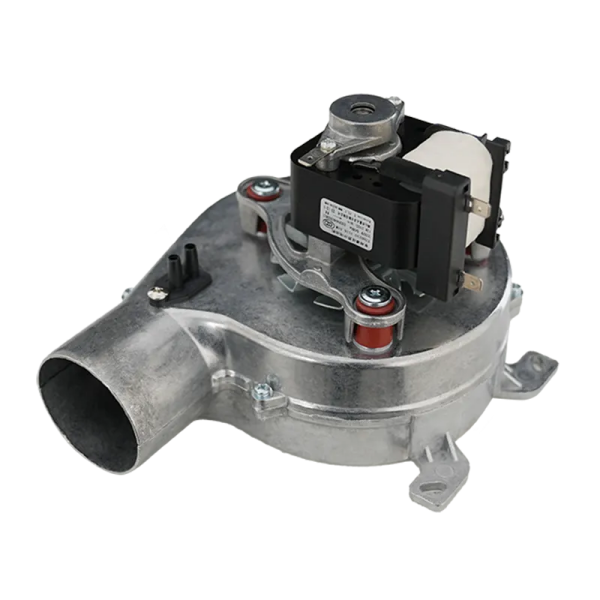
Standard Selection Steps
1. Determine operating parameters: Measure or calculate the required air volume and pressure of the system, and clarify the gas temperature, humidity, dust content, and corrosiveness.
2. Match fan models: Refer to fan catalogs (such as domestic 4-72, 9-26 series, or international brands like Rosenberg and Greenheck products), and select models with parameters close to and within the high-efficiency zone.
3. Verify performance curves: Ensure that the actual operating point (air volume and pressure) falls within the high-efficiency zone of the fan characteristic curve (usually 80%-95% of the maximum efficiency), and avoid entering the surge zone (too small air volume leads to increased vibration).
4. Configure auxiliary components: Install shock absorbers, mufflers, flexible connections, check valves, and other accessories as needed.
Consider Environmental Factors
- Temperature: Check the temperature range in the building. High temperatures will wear motors and blades, while cold air will make parts brittle. If the ambient temperature is high, select fans with heat-resistant components.
- Humidity: If the space is humid, choose fans made of rust-proof materials to prevent corrosion.
- Dust and corrosive gases: Dust-laden air will clog the blades and reduce airflow. Chemical fumes or corrosive gases will damage metal parts. Select appropriate fan materials and coatings according to the environment.
- Noise: In quiet workplaces such as offices or hospitals, low-noise fans are required.
Avoid Common Selection Mistakes
- Avoid "overpowered systems": Excessive margins for air volume and pressure not only increase procurement costs but also lead to reduced efficiency and increased noise due to fan operation in the low-load zone.
- Pay attention to gas density correction: When the exhaust temperature >80°C or altitude >1000m, the air density decreases. The pressure needs to be corrected using the formula P_actual = P_design × (ρ_actual / ρ_design) to avoid insufficient selection.
- Material compatibility: For conveying acidic gases (such as SO₂), select stainless steel impellers + fluororubber seals; for conveying oily vapors, configure anti-oil coating impellers.
The correct selection of industrial centrifugal exhaust ventilators requires comprehensive consideration of operating conditions, technical parameters, and safety specifications. Through precise calculation and reasonable selection, it can not only ensure ventilation efficiency but also reduce energy consumption and operation and maintenance costs. In practical applications, it is recommended to combine on-site measurement data with manufacturer technical support to ensure the long-term stable operation of the fan.


